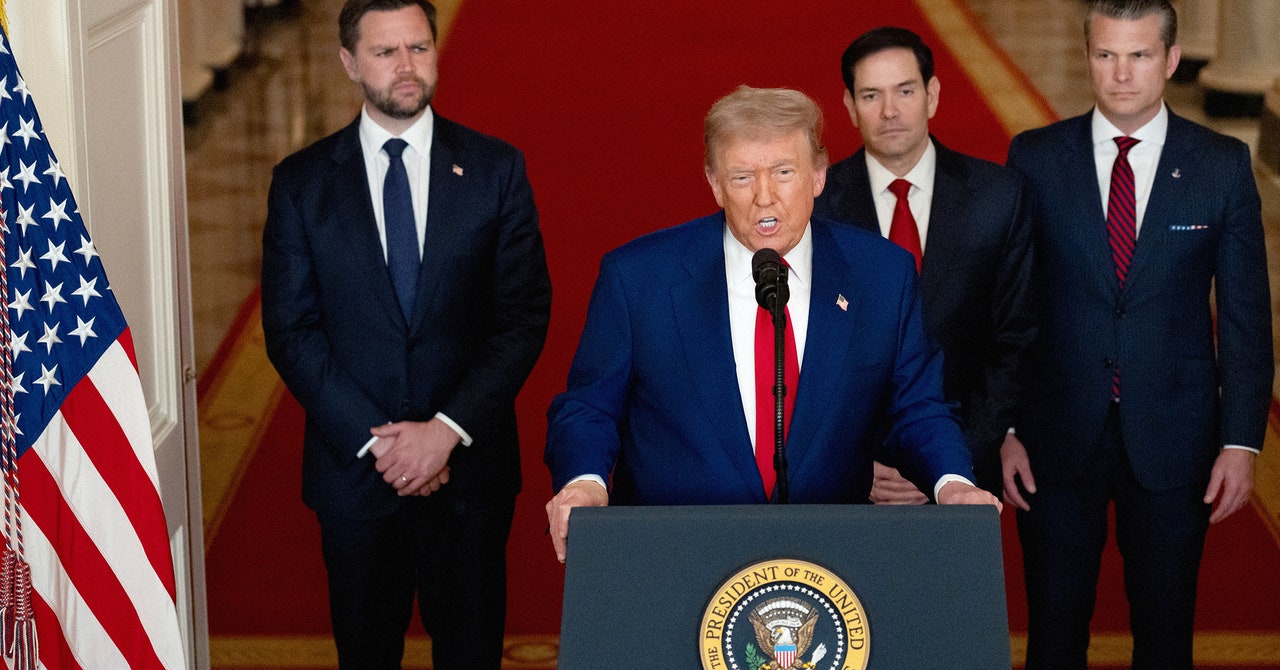In an urgent meeting on Monday, Rafael Grossi, the head of the International Atomic Energy Agency (IAEA), cautioned that the intensifying conflict in Iran “risks collapsing the global nuclear nonproliferation regime.” He stressed the need for diplomatic efforts, warning that “violence and destruction could reach unimaginable levels” if dialogue is neglected.
The emergency meeting was called following recent US military strikes that targeted three Iranian nuclear facilities over the weekend. During his address to the IAEA’s board of governors, Grossi advocated for a “return to the negotiating table” to enable agency inspectors to evaluate the damage inflicted on these sites and monitor Iran’s nuclear stockpile.
According to Iran, no significant radiation has been detected at these locations during the conflict. However, IAEA inspectors have been unable to access the sites since tensions escalated earlier this month.
“IAEA inspectors are in Iran, and they are ready,” Grossi stated. He acknowledged, however, that no one, including the IAEA, could currently assess the underground damage at the Fordow facility. He anticipated that the strikes inflicted “very significant damage” on the site.
Fordow, a crucial component of Iran’s nuclear operations and a uranium enrichment facility situated 90 meters underground, was one of the facilities hit in the US strikes. It houses nearly 3,000 centrifuges. As of Monday morning, the extent of the damage to Fordow was still unclear, though some destruction was visible from satellite imagery. Additionally, the Natanz enrichment site and a nuclear research facility near Isfahan, which operates three small reactors, were among the targets. Israeli forces had previously conducted attacks on Isfahan as well.
The amount of nuclear material destroyed in the strikes remains unspecified. Jon Wolfsthal, director of global risk at the Federation of American Scientists, noted that Iran likely relocated its enriched uranium in anticipation of the attacks. A political executive at Iran’s state television reported that all three facilities had been evacuated before the strikes commenced. Experts also indicated that recent satellite images of Fordow showed significant activity, with trucks frequently entering and leaving the site.
On Monday, Grossi informed the IAEA board that Iranian Foreign Minister Abbas Araghchi had sent him a letter on June 13, stating the country would “adopt special measures to protect nuclear equipment and materials.” Grossi responded on the same day, emphasizing that any transfer of nuclear materials from a safeguarded facility to another location must be reported to the agency per Iran’s safeguard agreement, reaffirming his willingness to collaborate with Iran on this matter.
In an interview with The New York Times, Grossi expressed concern, suggesting that Iran appears to have shifted much of its enriched nuclear fuel stockpile to undisclosed locations.

